Growing Awareness and Education
Growing awareness and education regarding hemangioblastoma among healthcare professionals and the public are driving the hemangioblastoma market in China. Increased educational campaigns and training programs for medical practitioners are essential for improving diagnosis and treatment outcomes. As healthcare providers become more knowledgeable about hemangioblastoma, they are better equipped to identify symptoms and recommend appropriate interventions. Furthermore, public awareness initiatives are helping to reduce stigma and encourage individuals to seek medical attention. This heightened awareness is expected to lead to an increase in patient referrals and treatment uptake, thereby positively influencing market dynamics.
Government Initiatives and Support
Government initiatives and support play a pivotal role in shaping the hemangioblastoma market in China. The Chinese government has been actively promoting research and development in oncology, with a focus on rare tumors like hemangioblastoma. Funding programs and grants aimed at fostering innovation in treatment options are becoming more prevalent. For instance, the government allocated approximately $200 million in 2025 for cancer research, which includes studies on hemangioblastoma. This financial backing not only encourages academic research but also attracts private investment, thereby enhancing the overall market landscape. Such initiatives are likely to lead to the development of novel therapies and improved patient care.
Rising Incidence of Hemangioblastoma
The increasing incidence of hemangioblastoma in China is a crucial driver for the hemangioblastoma market. Recent studies indicate that the prevalence of this rare tumor type is on the rise, with estimates suggesting that approximately 1 in 100,000 individuals may be affected annually. This growing patient population necessitates enhanced diagnostic and therapeutic options, thereby stimulating market growth. As awareness of hemangioblastoma increases among healthcare professionals and the general public, early detection and treatment become more feasible. Consequently, this trend is likely to lead to a higher demand for specialized medical services and products tailored to hemangioblastoma, further propelling the market forward.
Emergence of Innovative Treatment Modalities
The emergence of innovative treatment modalities is a significant driver of the hemangioblastoma market in China. Recent advancements in targeted therapies and immunotherapy have shown promise in treating various tumor types, including hemangioblastoma. Clinical trials are underway to evaluate the efficacy of these novel approaches, with preliminary results indicating potential benefits for patients. The introduction of these therapies could revolutionize treatment protocols, offering new hope for patients with limited options. As these innovative treatments gain regulatory approval, they are likely to attract considerable investment and interest from pharmaceutical companies, further stimulating market growth.
Technological Advancements in Imaging Techniques
Technological advancements in imaging techniques are significantly impacting the hemangioblastoma market in China. Innovations such as high-resolution MRI and advanced CT scans have improved the accuracy of hemangioblastoma diagnosis. These imaging modalities allow for better visualization of tumor characteristics, which is essential for effective treatment planning. As a result, healthcare providers are increasingly adopting these technologies, leading to a rise in diagnostic procedures. The market for imaging equipment and related services is expected to grow, with estimates indicating a potential increase of 15% in the next five years. This trend underscores the importance of cutting-edge technology in enhancing patient outcomes and driving market expansion.


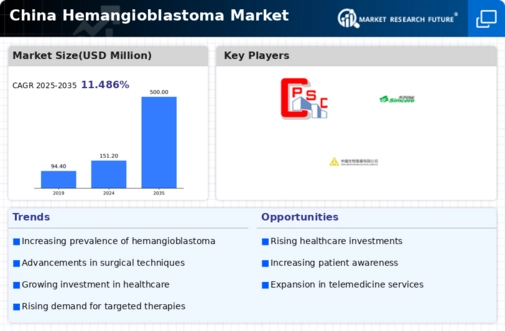

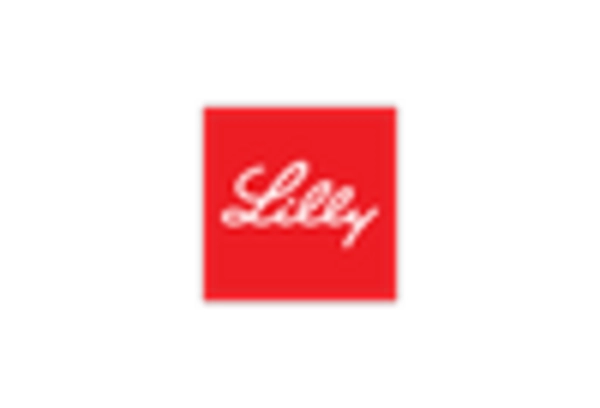
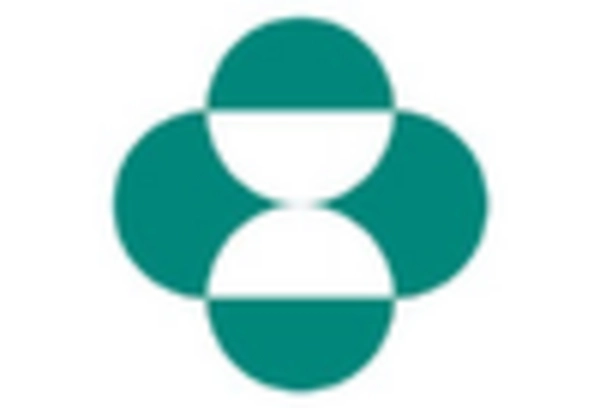

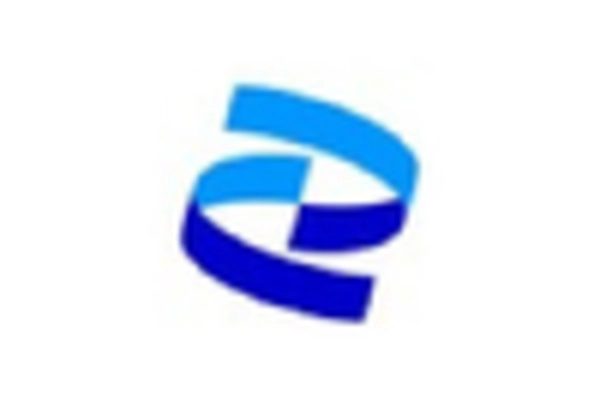
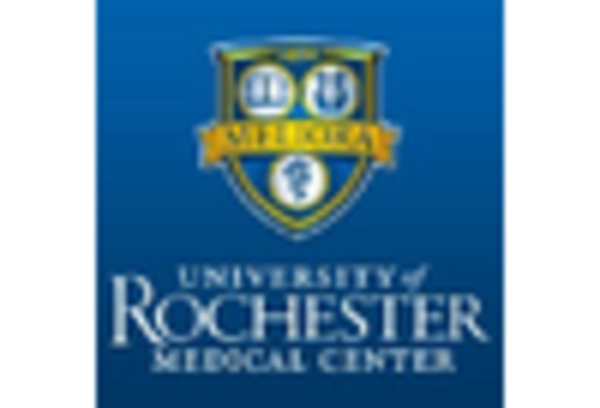








Leave a Comment